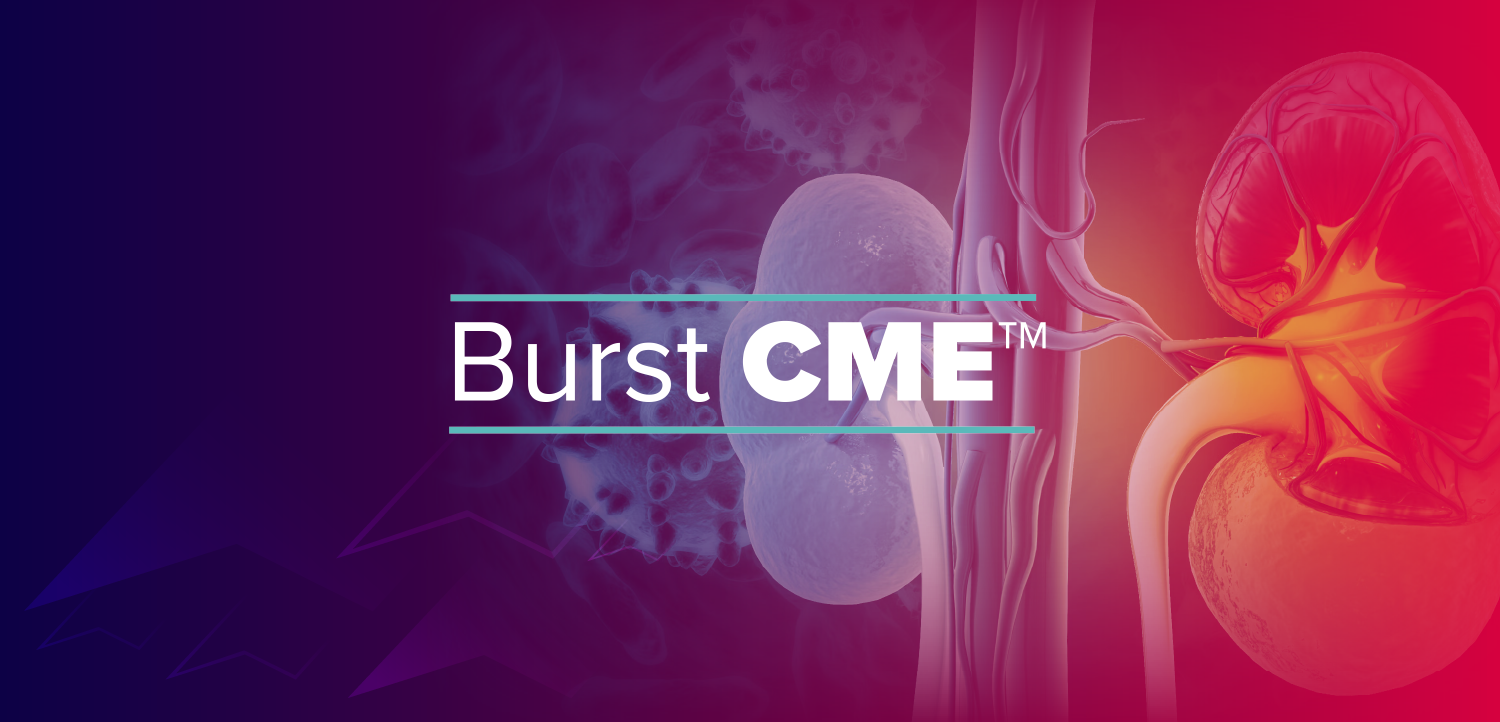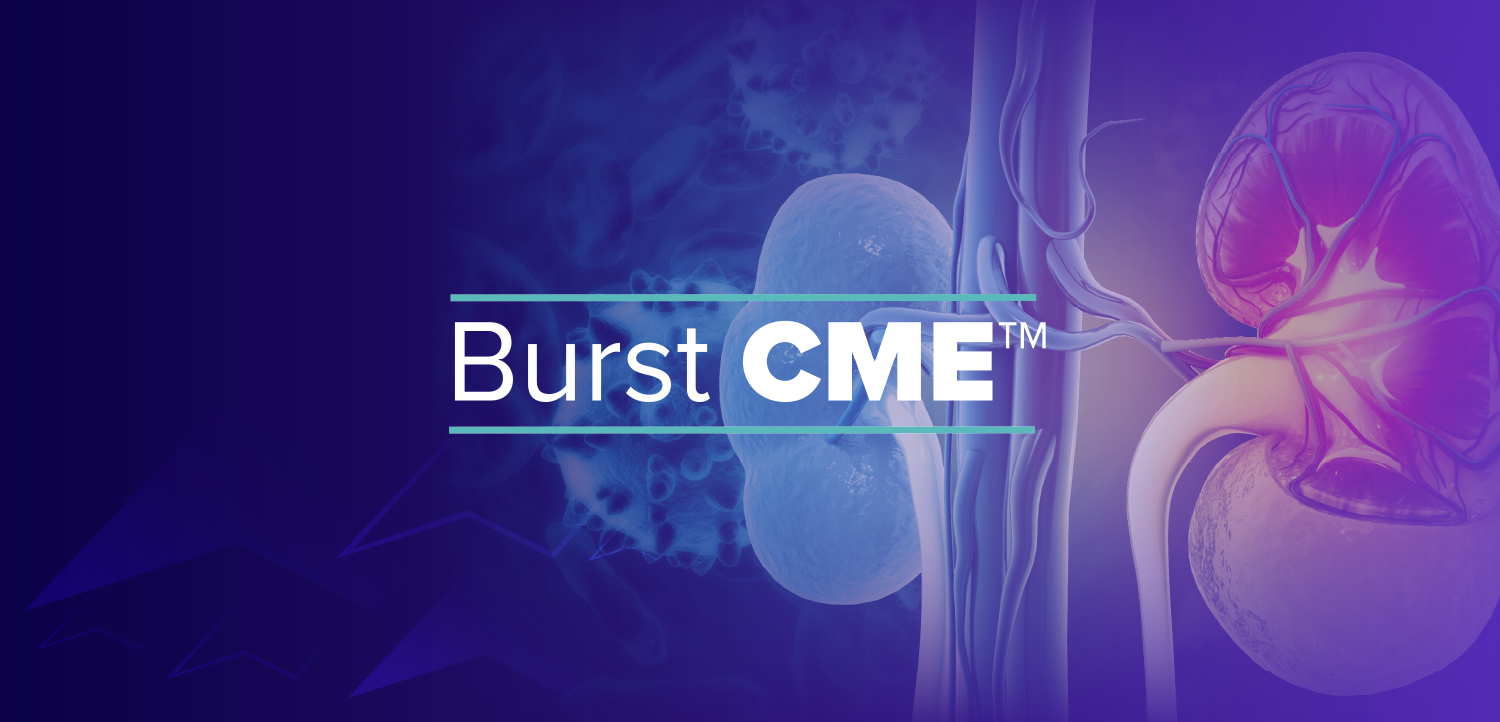
The Growing Call for Combination Therapy in NMIBC Treatment
Panelists discuss the growing emphasis on combination therapies for high-risk non–muscle-invasive bladder cancer (NMIBC), highlighting their potential to overcome BCG resistance through synergistic mechanisms, while emphasizing the need for biomarker-driven personalization, careful management of adverse effects, and more robust data to guide optimal sequencing and patient selection.
Episodes in this series

Combination therapies for high-risk non-muscle invasive bladder cancer are clearly becoming a central focus in treatment, and their role is expected to expand significantly in the near future. Although several novel agents are being combined with either intravesical chemotherapy or systemic immunotherapy, there remains much uncertainty about which combinations will offer the best balance of effectiveness and tolerability. Current data, such as from the CREST trial and combinations with agents like nadofaragene, show promise but are still early in the process of defining optimal strategies. It is likely that combination therapies will initially have the greatest impact in patients who are unresponsive to BCG, similar to how treatment in prostate cancer evolved by adding agents once resistance developed. The rationale behind combination use is sound, aiming to tackle resistant tumors through complementary mechanisms that could act synergistically.
There is also an exciting potential for improved treatment personalization with the integration of biomarkers and artificial intelligence–driven predictive tools. Studies have started to identify signatures that might predict which patients are most likely to respond to specific therapies, which will be crucial in selecting the right combinations and sequencing. Furthermore, the diversity of mechanisms of action among new agents creates opportunities for sequencing therapies in ways that could maximize benefit while managing adverse effects. Trials combining nadofaragene with pembrolizumab or chemotherapy, as well as combinations like creto-gem, show the field’s momentum toward innovative regimens that could transform patient outcomes. Some of these combinations will allow for reinduction treatments, offering additional options for disease control.
On the other hand, a major consideration remains the adverse effect profiles of these combination therapies, particularly the systemic immune-related toxicities that can occur with checkpoint inhibitors. Many clinicians are hopeful that intravesical combination therapies will help minimize these risks, especially in earlier lines of treatment when patients still have more options and higher tolerance for preserving bladder function. However, for patients with few remaining choices, tolerance for adverse events may increase. Ultimately, the excitement around combination therapies is tempered by the need for more robust data to clarify the best use cases, sequencing strategies, and patient selection to ensure optimal outcomes with manageable toxicity.
Newsletter
Stay current with the latest urology news and practice-changing insights — sign up now for the essential updates every urologist needs.


















